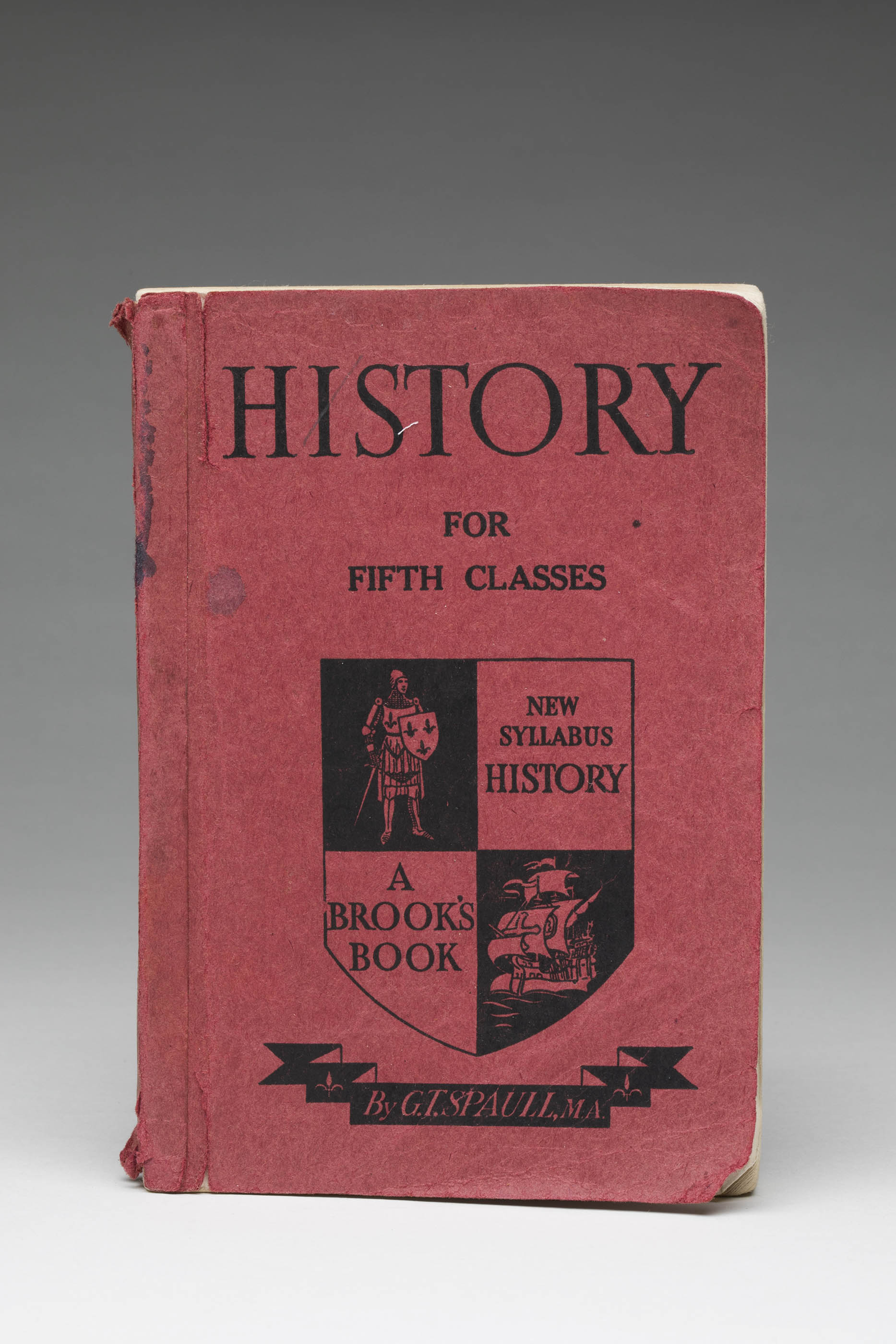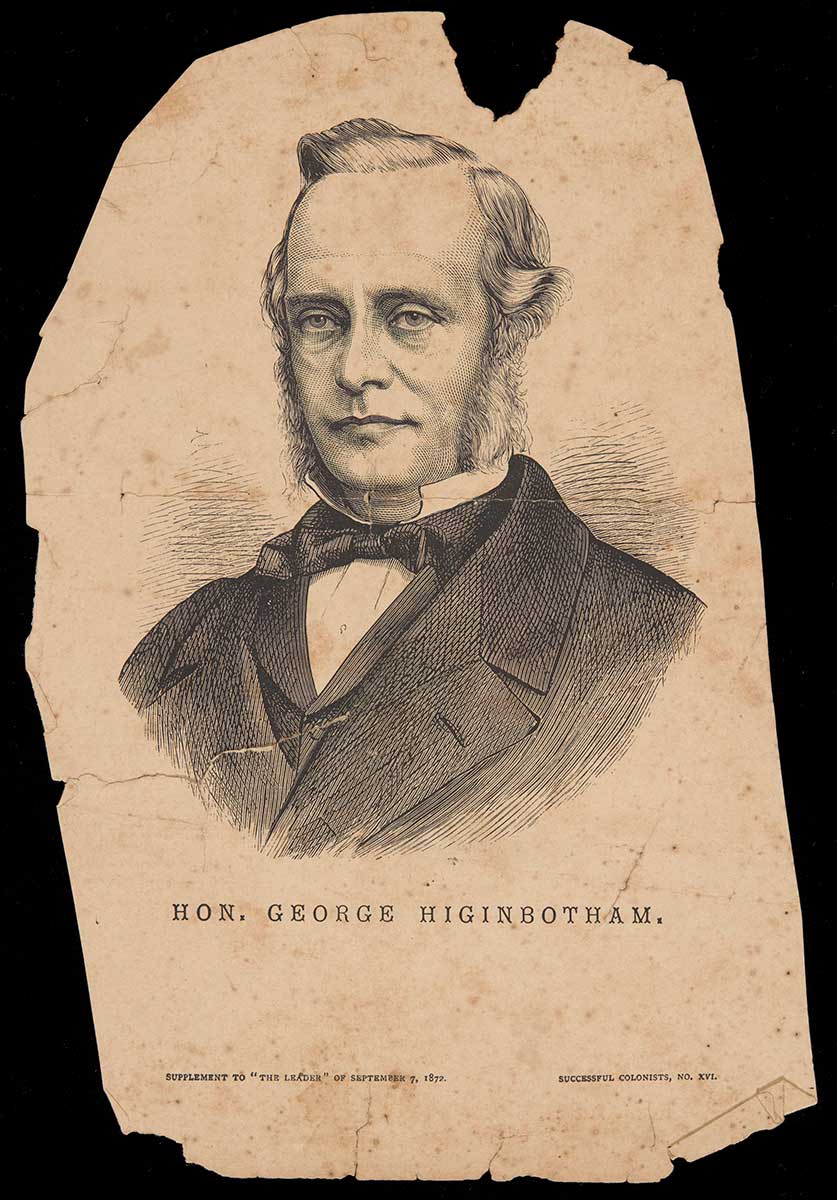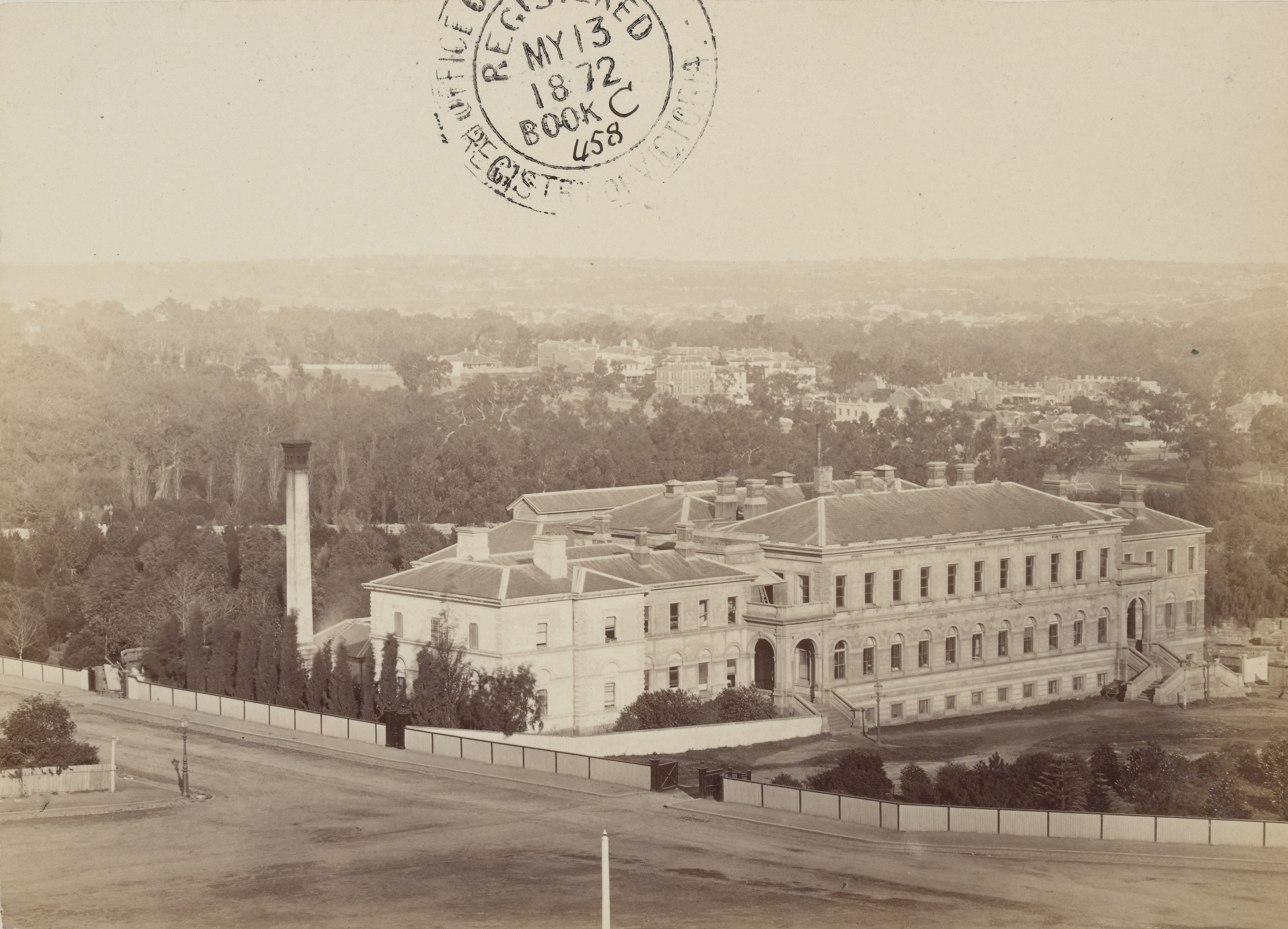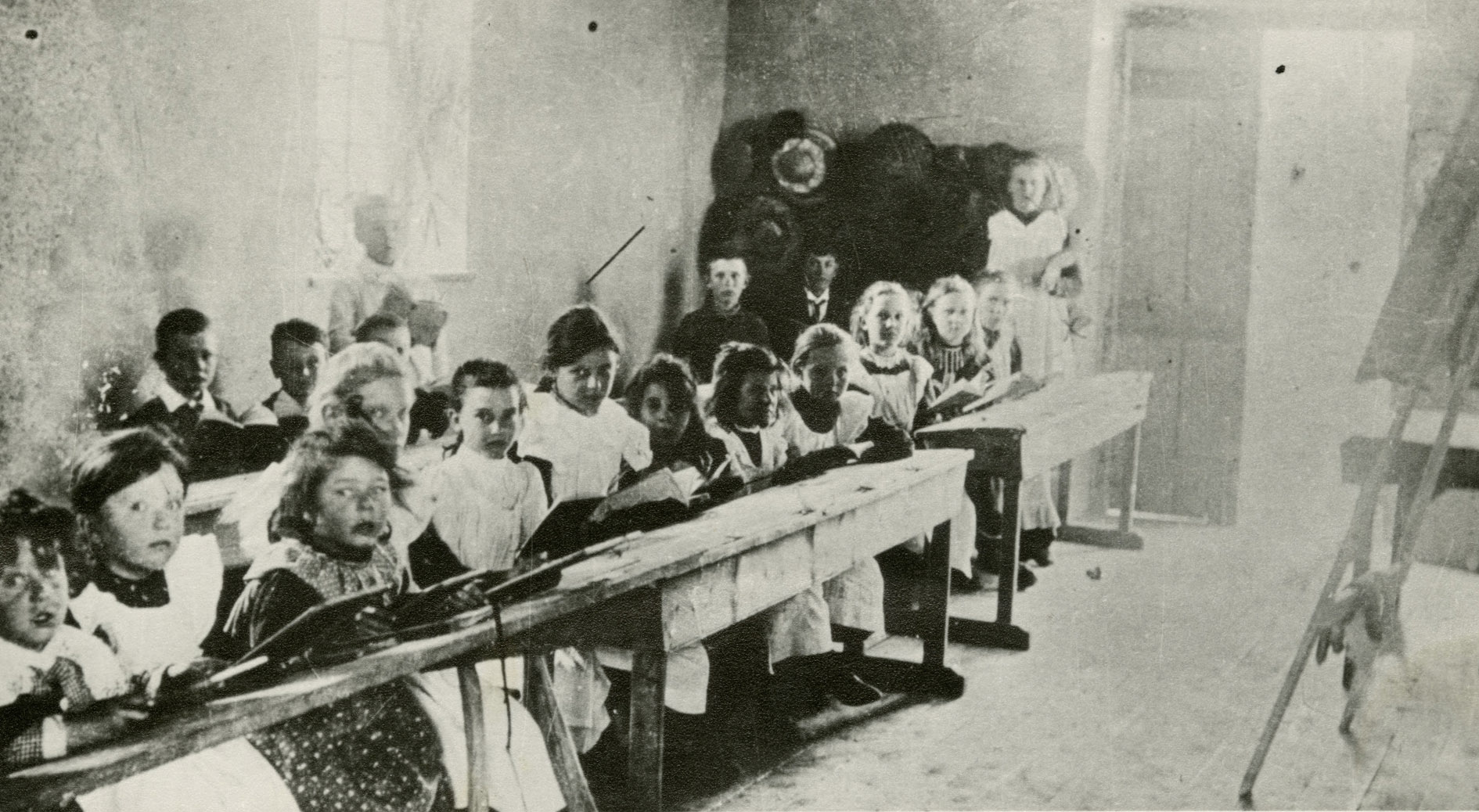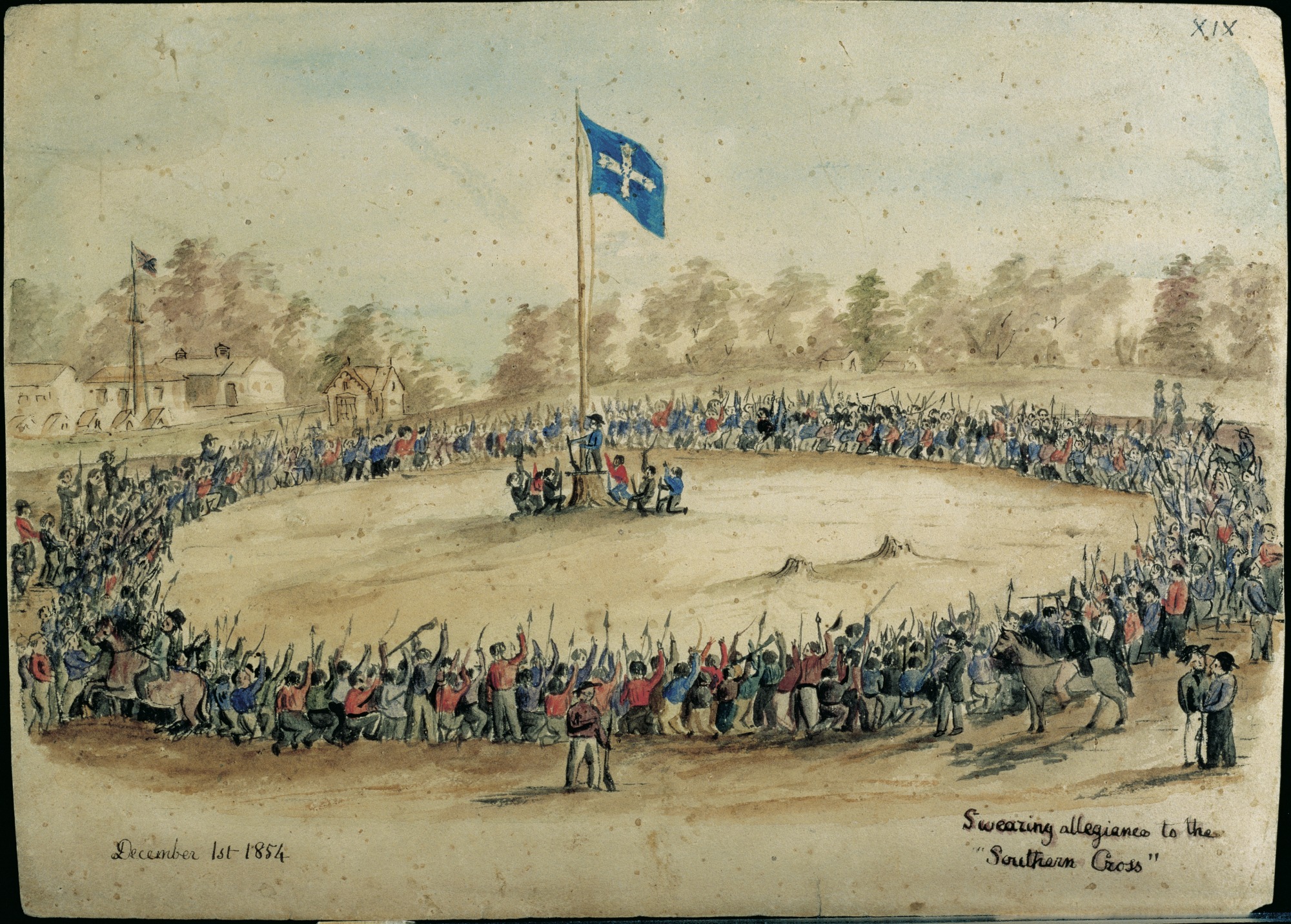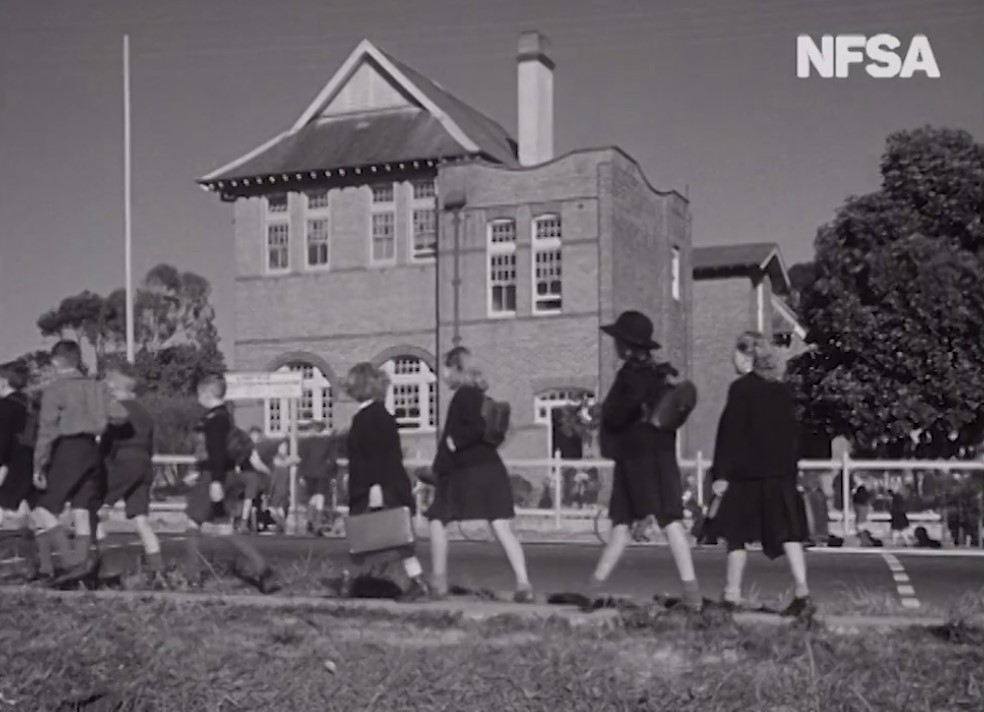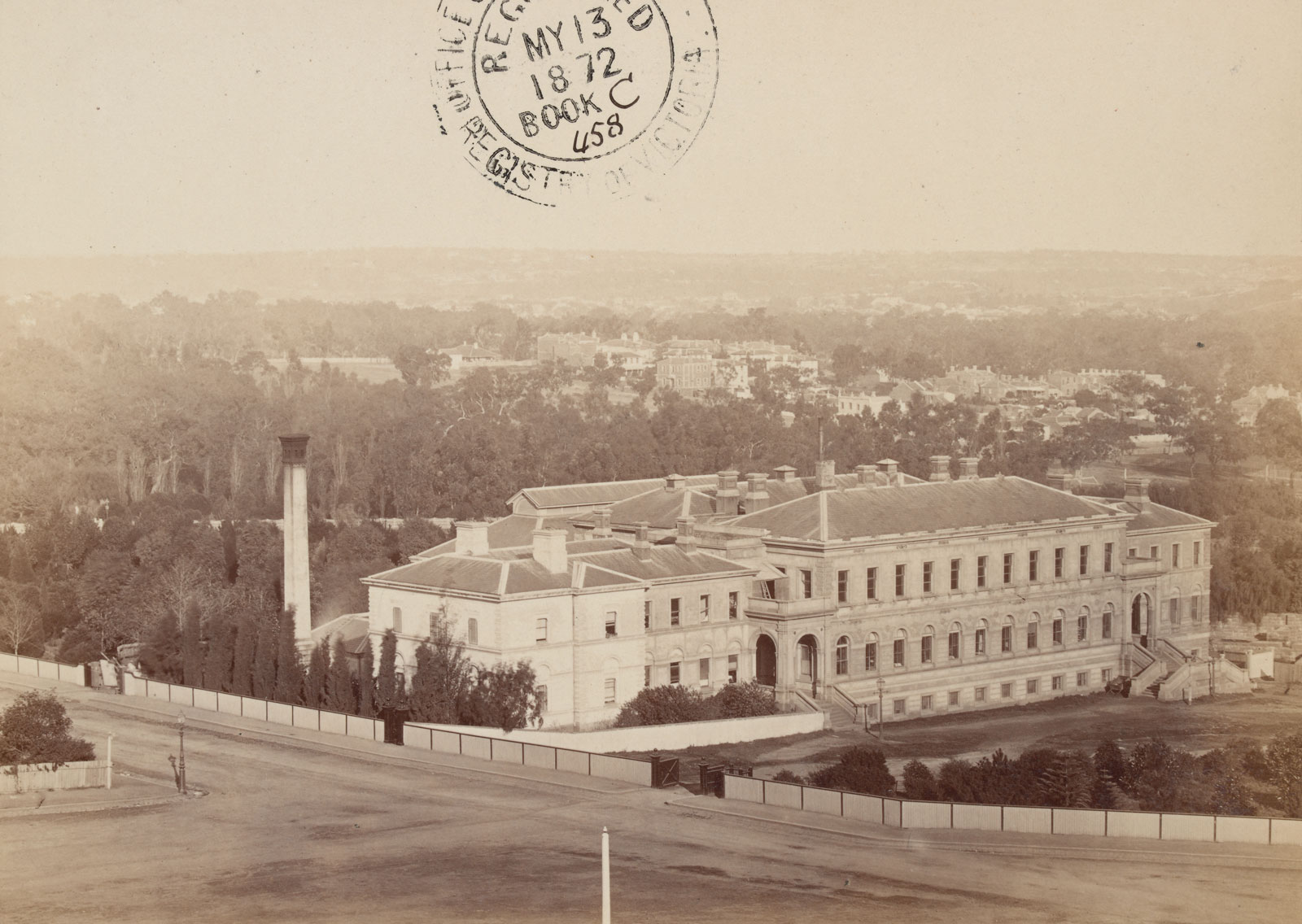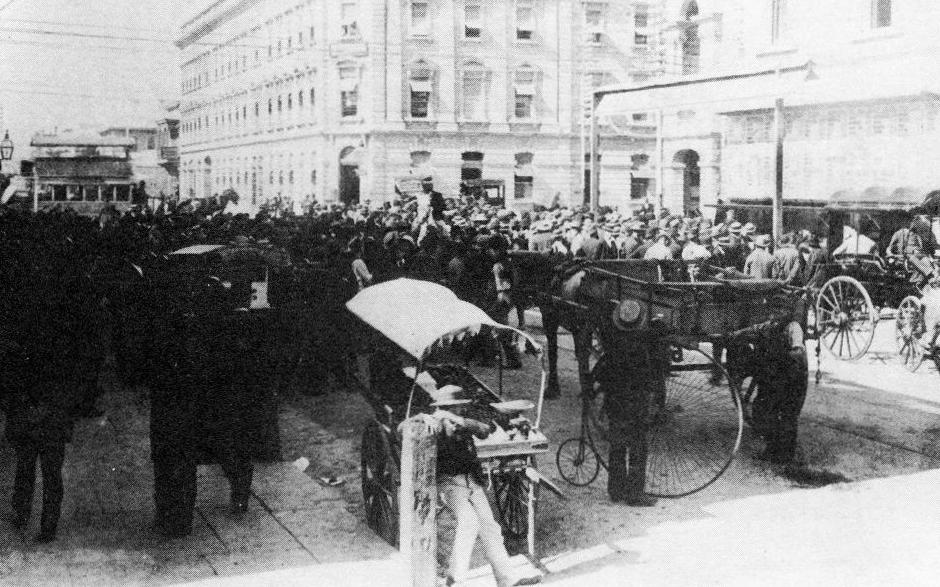Fostering ‘an educated community’
1872: Free, compulsory and secular education introduced in Victoria
Fostering ‘an educated community’
1872: Free, compulsory and secular education introduced in Victoria
In a snapshot
In 1872 the Victorian Government passed the Education Act 1872, which set up the colony’s public school system. This new legislation made Victoria the first Australian colony to offer free, secular and compulsory education to its children. After 1872 rather than being controlled by religious and other private organisations, most schools were centrally controlled by the government education department.
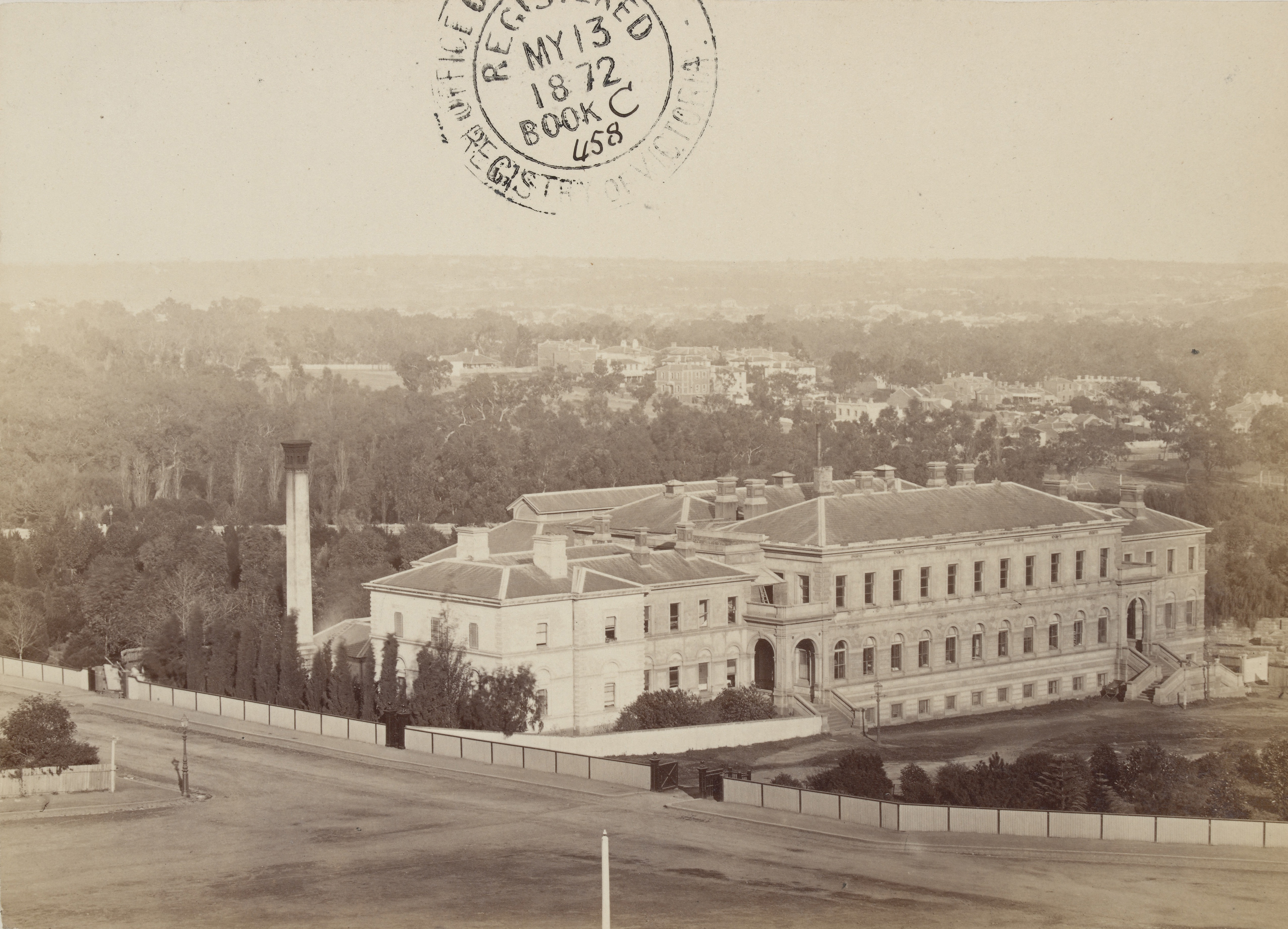
 Can you find out?
Can you find out?
1. What two types of schools existed in Australia before 1872 and which organisation ran many of these?
2. What was held in 1866 and why did this become important in the setting up of government-run schools?
3. What was special about Victoria after it passed its Education Act in 1872?
How was education provided before 1872?
In the first half of the 1800s there were very few schools in the Australian colonies. There were two types of schools: national schools, which were not linked to any religious group; and religious schools, which were linked to a particular church.
The colonial Victorian Government gave some money to both types of schools but local communities had to provide a minimum number of students and some funds towards a school building. Generally churches were better able to organise support for education and often already owned buildings that could be turned into schools. This meant that most schools were religious until the 1850s.
The number of people migrating to Victoria increased because of the gold rushes in the 1850s and this meant that there were more children who needed education. In response the colonial government began to try to improve and increase the number of schools in Victoria.
‘I need not here go over the old ground that an educated community is on the whole moral, more law abiding and more capable of work than an uneducated one.’
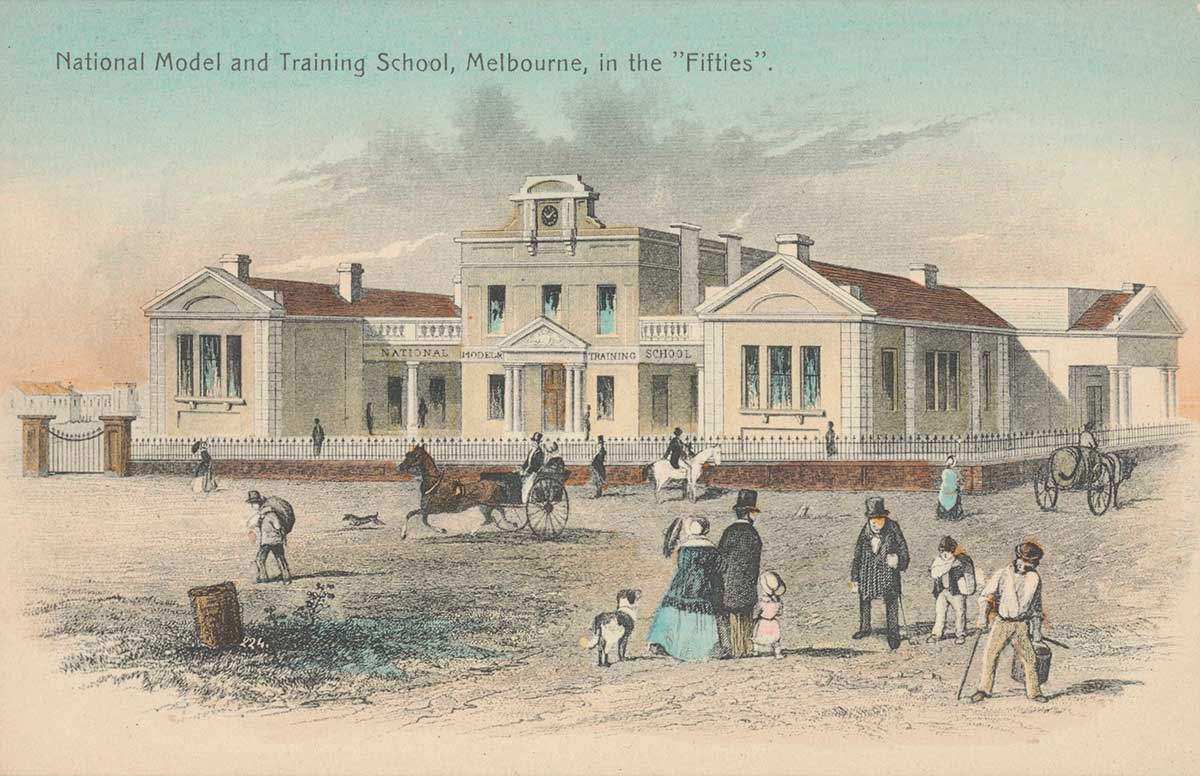
How were changes to the education system made?
Across 1866 and 1867 the Victorian Government held a Royal Commission into education in Victoria. The Royal Commission recommended that the Victorian Government set up a system of secular, government-funded schools. But religious schools didn’t agree with these recommendations and the Victorian Parliament didn’t pass the changes.
In 1872 a large group of politicians again began to promote the recommendations of the 1866 Royal Commission. The Catholic Church, which was the largest private supplier of education in the colony, strongly opposed the changes. But ultimately most politicians agreed to the changes and the Victorian Parliament passed the Education Act on 17 December 1872.
Research task
When did each of the other Australian colonies (now called states) and territories pass similar legislation, giving their children access to free, compulsory and secular education? Do some research to find out.
What did the Education Act mean for schools?
Under the new Act children between the ages of six and fifteen had to attend school, and if they attended a government school their education was free.
At the same time all government funding to religious schools stopped. Many religious schools chose to stop teaching religion and become a part of the new government system. But some — mostly all-Catholic schools — continued to run independently. Parents who chose to send their children to private religious schools had to pay school fees.
Research task
Today religious and other private schools are again able to access government funding. Do some further research to find out when this change happened and why.
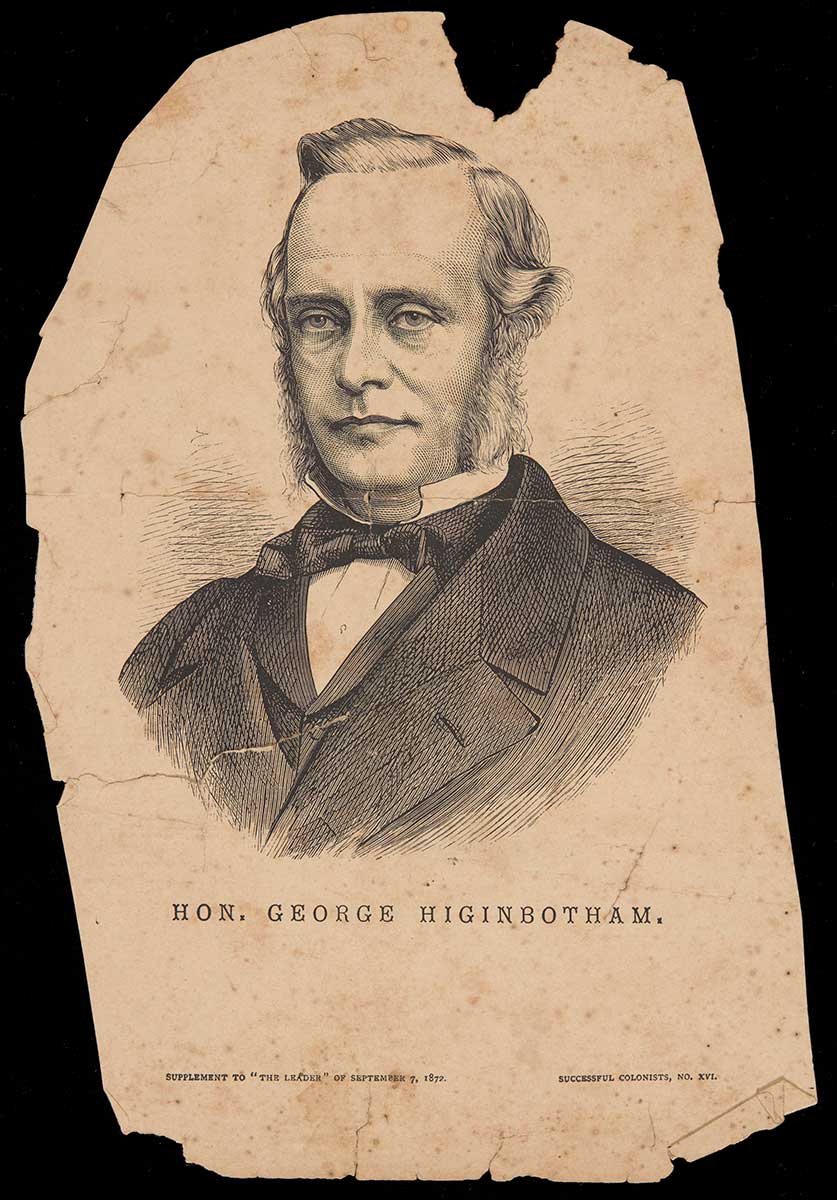
With the Education Act 1872 Victoria became one of the first regions in the world to offer free, secular and compulsory education. Between 1871 and 1876 government schools in Victoria tripled in number and they became the backbone of the colony’s education system. At the same time religious schools went from teaching most of the students to teaching less than a quarter.
By 1908 all the Australian colonies had centralised government departments looking after free, compulsory and secular education.
Read a longer version of this Defining Moment on the National Museum of Australia’s website.
 What did you learn?
What did you learn?
1. What two types of schools existed in Australia before 1872 and which organisation ran many of these?
2. What was held in 1866 and why did this become important in the setting up of government-run schools?
3. What was special about Victoria after it passed its Education Act in 1872?









